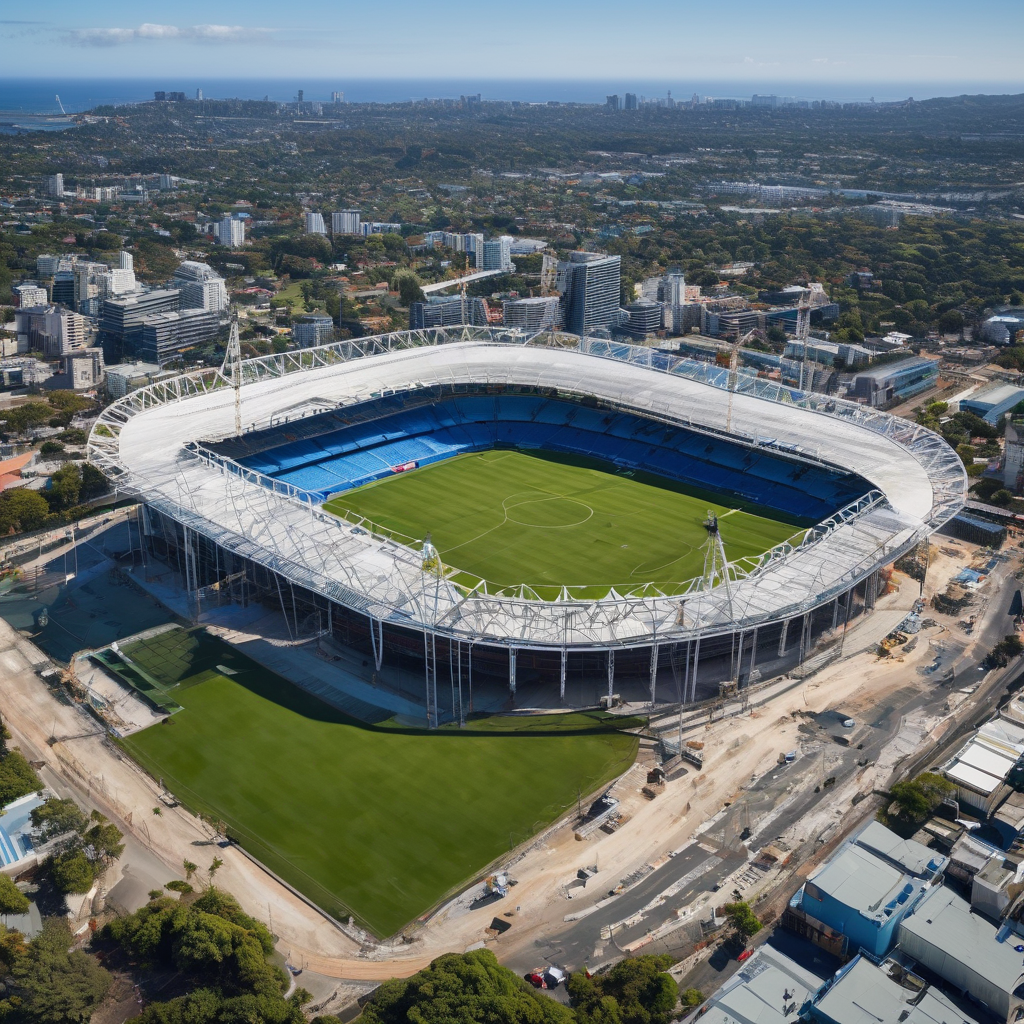Manchester United may be reconsidering their earlier plans for a 100,000-seat stadium that featured a controversial canopy covering, initially envisioned by architects Foster + Partners. The proposed canopy, which resembled a ‘vast umbrella’ and was intended to echo the devil’s trident from the club’s crest, faced criticism for appearing akin to a ‘circus tent’ and clashing with Manchester’s architectural aesthetic and the club’s history.
Initially, the plan, enthusiastically promoted by co-owner Sir Jim Ratcliffe and architect Sir Norman Foster, proposed utilizing land owned by Freightliner, a key area around the current stadium. However, negotiations have stalled, as Freightliner demands around £400 million for the land, while United’s offer was significantly less at approximately £50 million. This impasse has led the club to explore alternative designs that require less space and may eliminate the expensive canopy, which was estimated to cost between £300 million and £400 million, primarily for aesthetic purposes.
The new proposals are expected to take on a more traditional stadium appearance, but the original concept has not been entirely abandoned. Ratcliffe, who described the initial designs as potentially iconic and globally recognizable, had ambitions for the stadium to become a landmark, comparable to the Eiffel Tower in terms of international allure.
In the meantime, Manchester United is seeking government funding to support the project and have gained some support from Chancellor Rachel Reeves, though specific details remain pending. The club will need to navigate financial limitations to realize their ambitions for a new stadium that upholds the legacy of Old Trafford while meeting modern demands.
This development reflects the challenges of balancing innovation with tradition, financial pragmatism, and the importance of fan and public sentiment in architectural endeavors. As Manchester United explores alternative designs, it remains to be seen how they will creatively reconcile these competing priorities. The decision to potentially abandon the canopy signifies the club’s willingness to adapt their vision to better suit practical and public considerations.
